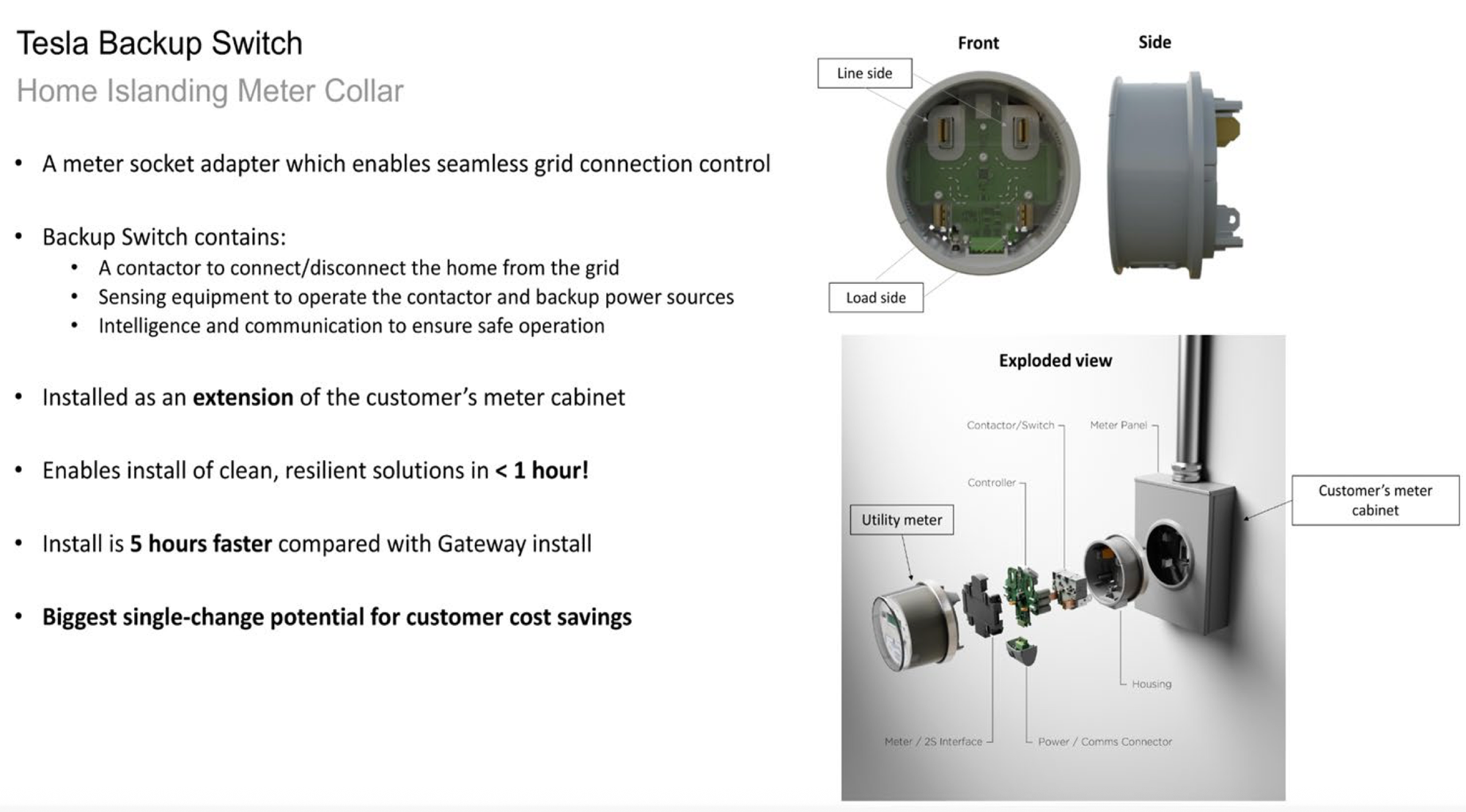How does an electric meter work?
It’s how you get billed - and a bunch more.
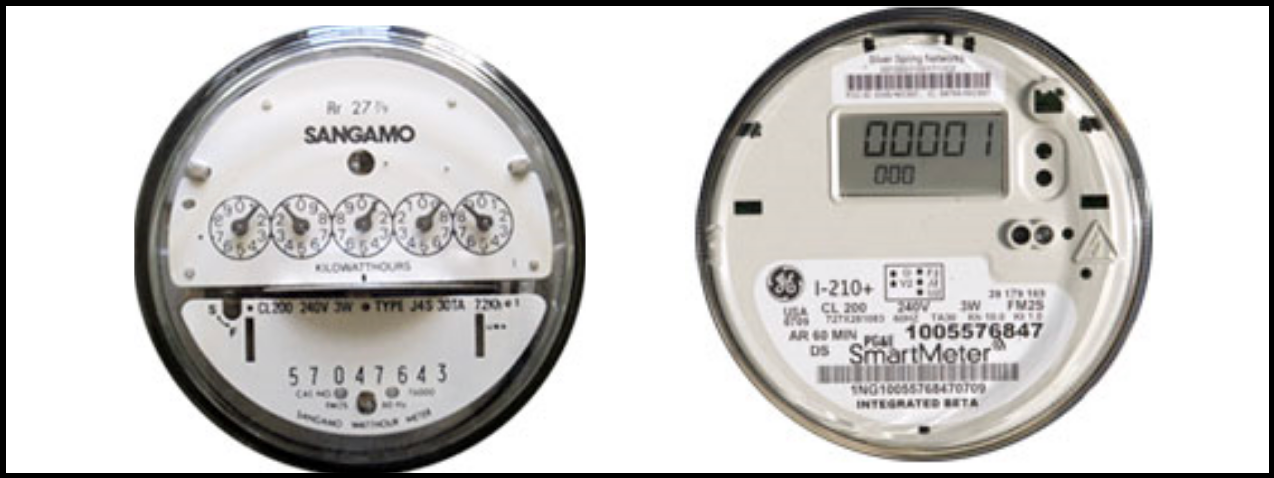
An electric meter measures the amount of electrical energy a home or building uses over time, in kilowatt-hours (kWh). Simple enough - but there’s way more to it.
🔌 Basic Principle of an Electric Meter
Electric meters track the flow of electricity through the main service line coming into your home. They measure:
Voltage (V) – the "pressure" that pushes electric current.
Current (A) – the flow of electricity.
The product of voltage × current × time gives Energy, recorded in kWh.
Mechanical Electric Meters
In the old days (say, 2009 and before) most electric meters were mechanical devices with a rotating aluminum disk that spins faster with higher electric use. Gears connect the spinning disk to a readout, with dials pointing to numbers or directly read out numbers much like old-style automotive odometers. These mechanical meters required a person - either the homeowner, or more likely an electric company worker, to read each meter monthly in order to generate a bill. Wikipedia has a detailed history and descriptions of these types of meters.
Electronic “Smart” Meters
Today, most electric meters are electronic. I’ll describe how these work based off of my utility, PG&E, which is probably representative of other utilities in the US.
⚙️ 1. Sensing Electricity
Electronic measurement: The meter employs solid-state sensors and microprocessors to continuously record voltage, current, and power consumption. This electronic approach improves accuracy over old spinning-disk meters
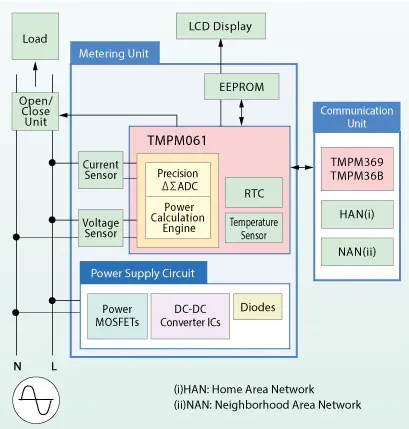
🌐 2. Communication with PG&E
Smart Meters communicate with PG&E over two-way radio links and other network elements back to PG&E's central systems. The main components include:
Primary RF link (900 MHz): Every hour (residential) or every 15 minutes (commercial), the meter sends encrypted usage data via a secure 900 MHz radio to a another meter (in a mesh configuration) or to nearby data collector—often mounted on a utility pole. They call this the “Neighborhood Area Network”.
Collector to utility network: The poleside devices forward aggregated data over a cellular connection to PG&E’s central meter reading system.
Integration with billing system: The meter reading system is connected in to PG&E's billing system - which seems like it's quite an old, legacy system they want to spend a lot of money to replace.
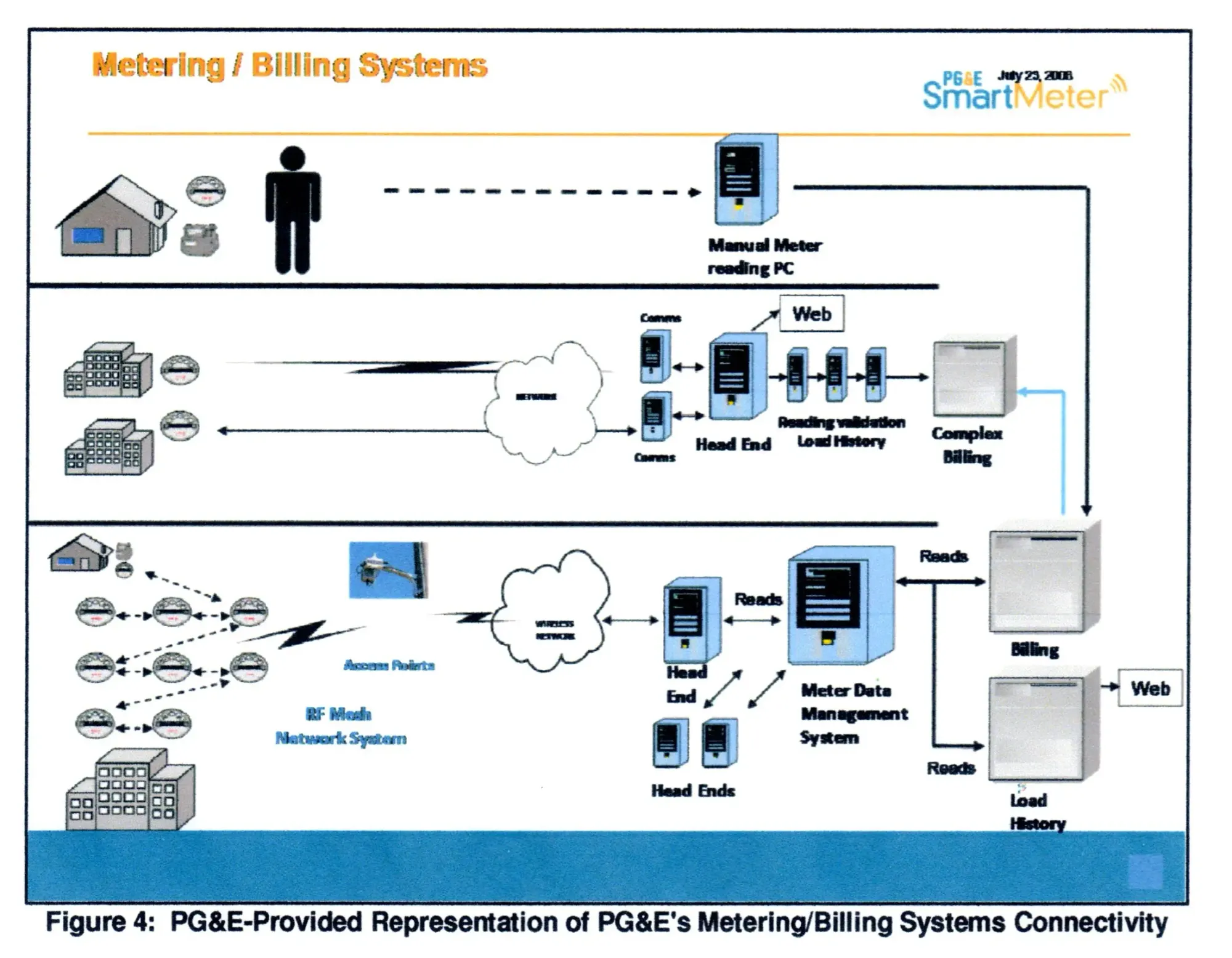
🏠 3. In-Home Connectivity
PG&E SmartMeters include a Zigbee 2.4 GHz radio for communicating usage data to home energy devices (they call this the “Home Area Network”). For example, using a $40 Emporia Vue Utility Connect device, you can see your own real-time electricity usage data on your phone or computer. (If you're feeling really ambitious, there's even a way to hack the device to give real-time energy tracking in Home Assistant.)
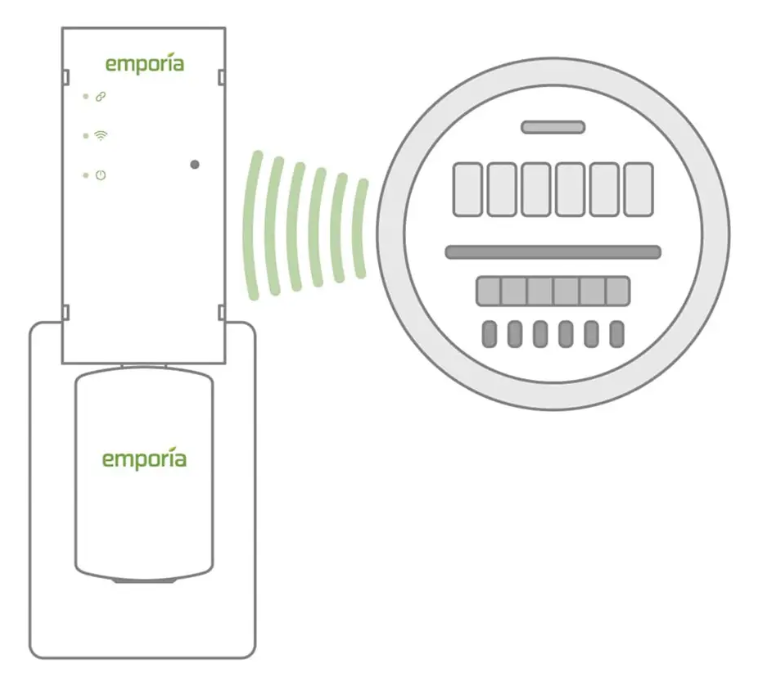
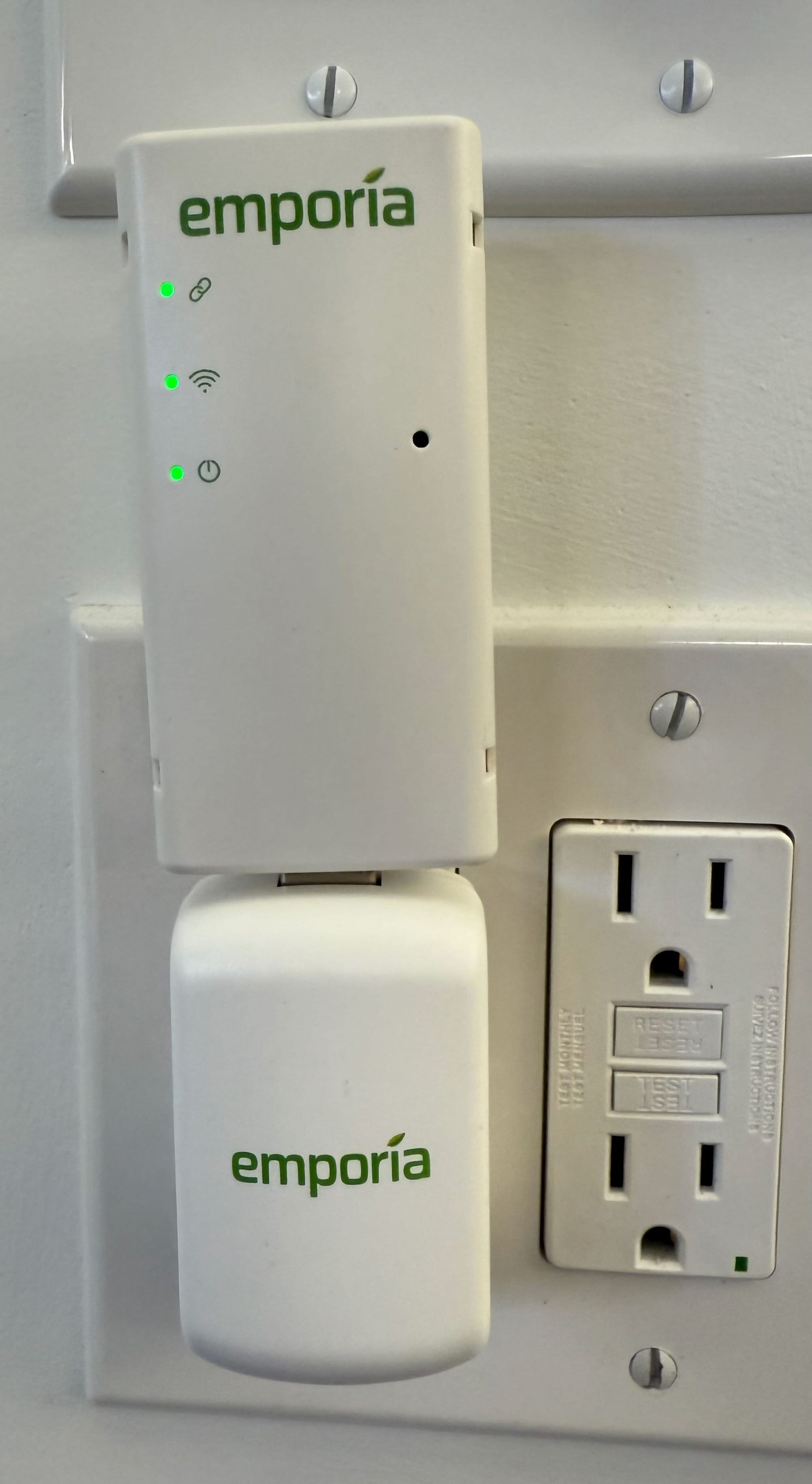
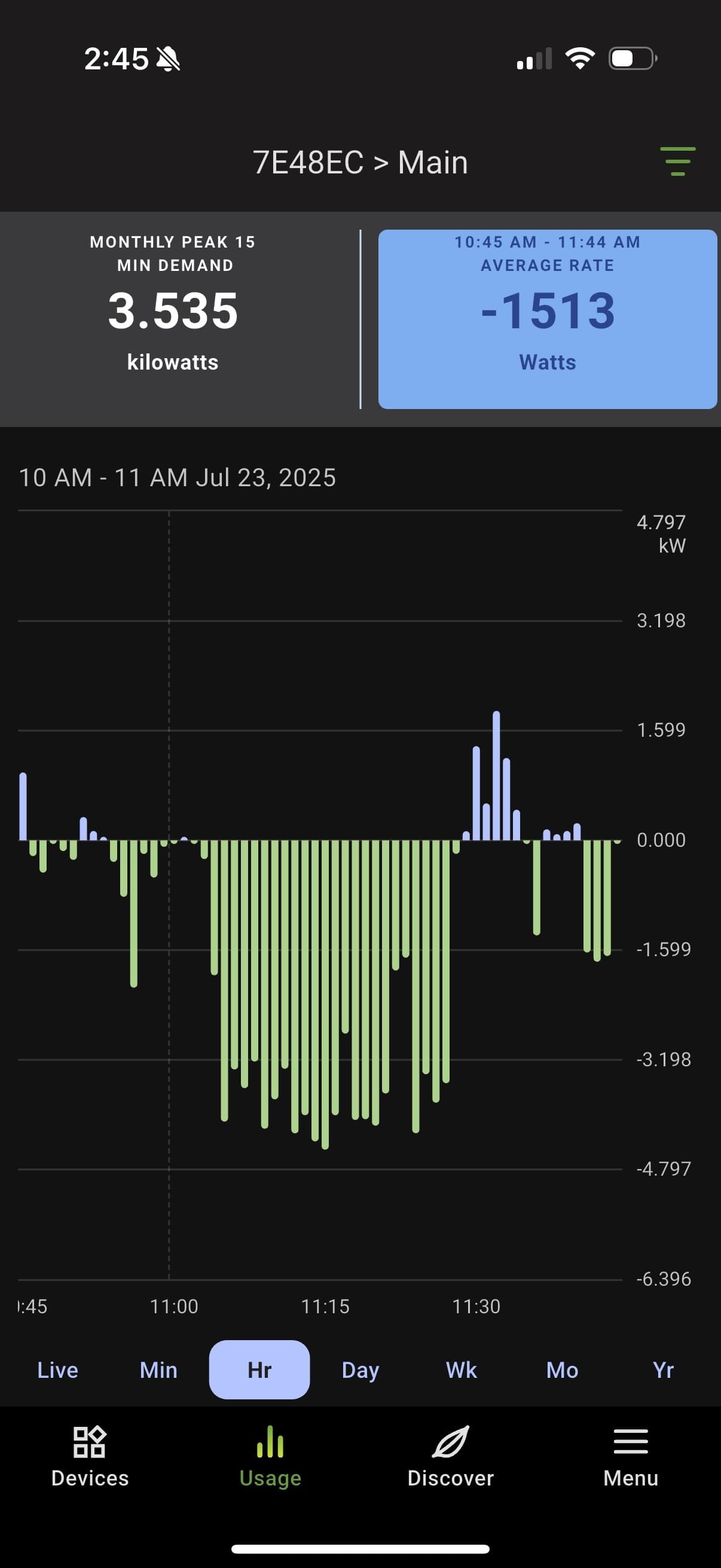
Real-time monitoring electricity usage from Smart Meter using Emporia device
🔒 4. Two-Way, Secure and Remote Control
Two-way communication allows PG&E to push firmware updates and programming, and (in some cases) remotely disable or enable service.
Data transmissions are encrypted and comparable in strength to everyday devices. For instance, the RF emissions are about 300× lower than a cell phone at 10 feet.
📊 5. Benefits for You
Hourly data tracking: Log into your PG&E account to view energy usage, hour by hour. You can also connect this data to your own applications through API's, such as Apple Home and Home Assistant. Unfortunately, this data is delayed by 2-3 days due to PG&E's systems.
Time-of-use plans: Smart meters enable dynamic billing based on when electricity is used—higher during peak hours and lower during off-peak periods. This can help you save money by using power during less expensive times of day.
📊 6. Operational efficiencies and improvements
PG&E has used their Smart Meter network and capabilities to improve their operational efficiencies:
Reduce costs: Obviously, they no longer need to send personnel around to each house every month to read the meters.
Smart-grid features: They're foundational to demand response programs, virtual power plants, outage detection, efficiency improvements, and wildfire prevention strategies. PG&E outlined some of their past tests here - outage and restoration detection seems like it’s one of the bigger benefits.
🤔 7. Health, Security, Privacy
Health: Studies show RF exposure from smart meters is minimal and significantly lower than common wireless devices
Security: PG&E uses encryption and network safeguards. Early versions had remote disconnect features disabled until security was verified. However as with any pools of electronic data and distributed systems, cybersecurity is always a challenge.
Privacy: In California, there are laws that protect the privacy of utility customer information. However, as with many data collection activities, sometimes this law gets broken!
What else?
Recently, companies have started to take advantage of the fact that electric meters in the US “plug in” using a standard system - most residential systems use a “Form 2S” plug-in meter. Eduardo explains how this enables all sorts of simplified solar, battery, and electric additions that require less manual labor.
